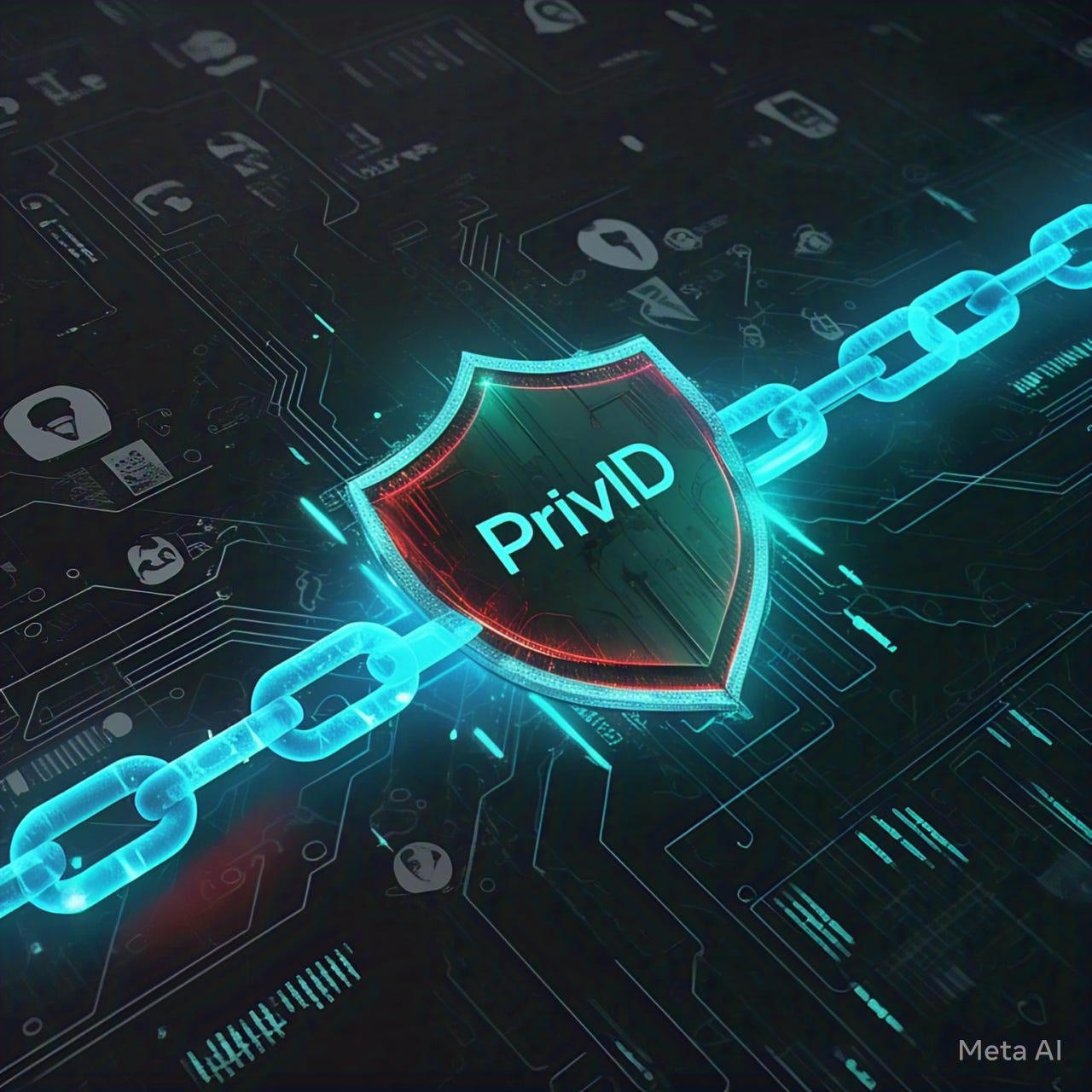Your vendors might just be the Trojan horse that cyber attackers are looking for. While you keep an eye on your systems, the hackers are looking at your vendor ecosystem—because why take the scenic route when you can use the back door?
The Vendor-Vulnerability Conundrum
Every company prides itself on having strong internal defenses, but many forget that the supply chain—the network of vendors, service providers, and partners—is just as critical. Cybercriminals are smart, instead of battling your high walls directly, they’re slicing through the smaller, often less-secured vendors. These third-party connections, sometimes with lax security practices, are the proverbial weak links that attackers love to exploit.
Anatomy of a Vendor-Based Attack
Reconnaissance:
Attackers start by gathering intelligence on your vendors. They’re not just fishing for names—they’re digging into vulnerabilities, outdated software, and insecure practices. It’s like snooping through your vendor’s diary to find the secret passcode.Exploitation:
Once a vulnerable vendor is found, the attackers launch their assault through phishing, malware, or software bugs. They slip into the vendor’s system looking for a way to access your network.Lateral Movement:
After the initial breach hackers use the vendor as a stepping stone, moving laterally into your systems. Suddenly, what started as a vendor issue becomes a full-blown enterprise crisis.Data Exfiltration and Ransom:
With this level of access attackers can exfiltrate sensitive data or lock your systems down, demanding a ransom.
Why Vendors?
Most organisations implement stringent security measures for their core systems. However, the vendors you rely on—whether for IT support, payroll processing, or cloud storage—operate under different security protocols. This difference creates an attractive target for attackers who know that breaching the vendor can be a much easier route than trying to crack your fortified defenses.
Can PrivID Protect Your Vendor Ecosystem
With PrivID you’re providing your vendor relationships with advanced, next-generation identity protection.
Robust Identity Assurance:
Using ZKP, PrivID verifies identities without exposing details. Even if a vendor’s system is compromised, attackers won’t get the keys.End-to-End Encryption:
With FHE, PrivID makes sure your data stays encrypted—even while being processed.Continuous Monitoring & Risk Assessment:
PrivID monitors vendor activities and performs regular risk assessments, making sure that every connection is as secure as it is essential.Strict Access Controls:
By enforcing the principle of least privilege, PrivID makes sure that even if a vendor is granted access, it’s only to what’s absolutely necessary.
Real-World Examples: The Supply Chain Saga
Remember the infamous breach that rocked several high-profile companies? The attackers didn’t infiltrate the main systems directly; they targeted a small vendor with weak security. Once inside, they moved undetected until it was too late. These incidents aren’t isolated—supply chain attacks have become a recurring nightmare for organisations worldwide.
This isn’t about paranoia—it’s about being realistic. If you’re not scrutinizing your vendors the same way as your in-house systems, you’re leaving the back door wide open.
How to Guard Against Vendor Sabotage
Vendor Risk Assessments:
Regularly evaluate the security posture of your vendors. Trust in cybersecurity is earned, not given.Strict Access Controls:
Implement the principle of least privilege. Just because a vendor has access to your systems doesn’t mean they should have a free pass to everything.Continuous Monitoring:
Keep an eye on vendor activities with robust monitoring tools. If something seems off, it probably is.Incident Response Planning:
Develop a comprehensive incident response plan that includes vendor-related breaches. A plan is only as good as its execution when the unexpected happens.Contractual Obligations:
Include cybersecurity requirements in vendor contracts. Ensure they’re held accountable for maintaining high standards.
A Forward-Thinking Approach
Rather than treating vendor security as an afterthought, organisations need to integrate it into their core cybersecurity strategy. With solutions like PrivID, you can demand high standards, foster a culture of accountability, and transform potential liabilities into strategic assets.
Conclusion: Stay Skeptical, Stay Secure
At the end of the day, cyber attackers are always looking for the easiest path to your data. The vendor ecosystem is a ripe target for those willing to cut corners in security. But by improving your defences with advanced solutions like PrivID, you know that every vendor connection is a potential fortress rather than a backdoor waiting to be exploited.





